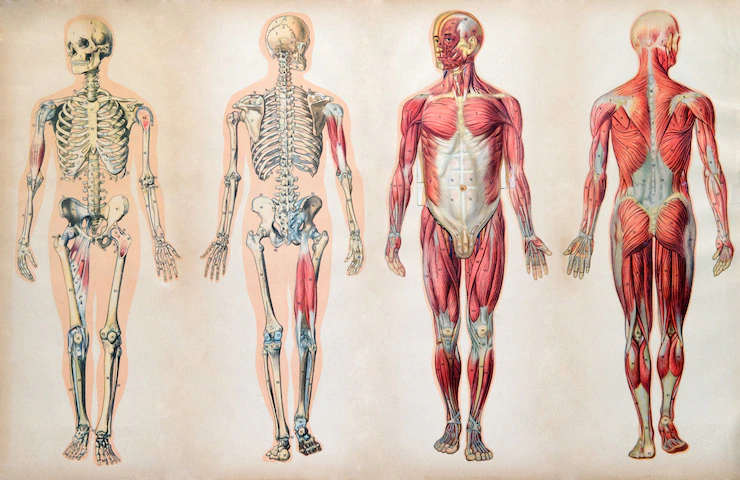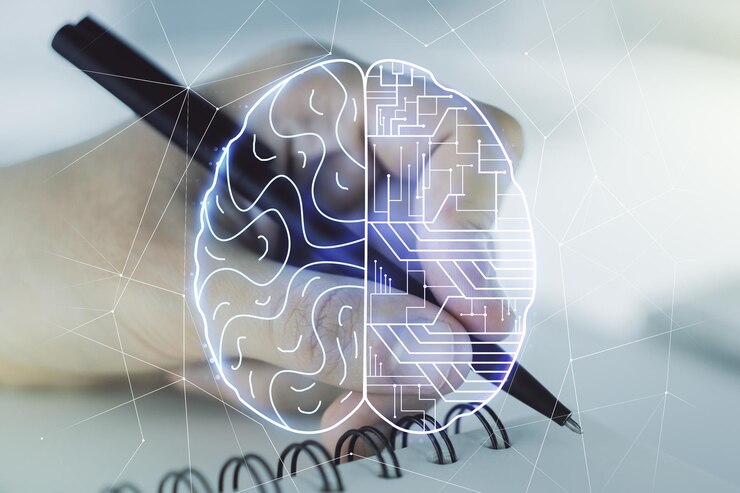6 Study Tips To Help You Learn Human Anatomy
5 Mins Read
Published on: 20 December 2022
Last Updated on: 12 August 2024

toc impalement
Human anatomy is the science that describes various organs in the body that help maintain health and normal function. The physiology of organs cites the important functions performed in the body for a healthy life.
This course knowledge sets the preface for most other related clinical courses and is very important for medical and nursing school aspirants. It is mandatory to learn and be proficient in their knowledge of human anatomy and physiology in every clinical study student, including doctors and nurses.
Anatomy aids the learners with the primary know-how essential to help their patients. The chemical composition of the functions in the body and how it sustains life is the basic knowledge based on which various drugs are formulated to combat diseases.
Students pursuing medical or nursing programs can check this anatomy course to comprehend the concepts through simulated visuals and animations.
Is anatomy difficult to learn?
The human body is a complex structure, and understanding the functions of all the body parts is taxing. The course is designed as per the functions of the body. The learners of this subject get to learn the body parts as per the categories for easy referencing.
For instance, some examples are cardiovascular & circulatory, digestive, skeletal, and neurological systems in the body. The heart and blood vessels are part of the cardiovascular and circulatory systems. The brain and nerves are part of the neurological system.
Though it is vast and continuous learning helps in future professional courses, the subject can be grasped by following a disciplined routine and a few strategies to memorize the important concepts.
Given here are these tips that can be helpful to students desirous of taking up clinical and nursing programs:
1. Fix a routine

When the syllabus is vast, it helps to study regularly and follow a timetable with strict adherence to study time. It does not matter whether you are gifted with a good memory or not. In case of any difficulties and time-consuming challenges, the ideal approach is to divide the work into small portions.
Likewise, the vast syllabus of human anatomy courses can be divided into different categories. Enough time and dedication can be focused on each of the topics in the study time. This part is important so that there is always enough time to revise before a test.
For effective use of study time, learners can divide the chapters and sections as per their comfort. Creating a routine will also help in better organization and give every learner enough time to cover all the important topics.
2. Use memory hacks

Every learner has a strategy that works best for them. Some already know, and others are still discovering the best possible approach for their level of understanding and comprehension.
But everyone who is studying a vast curriculum will find memory hacks as a boon to remember lengthy information.
One can use flashcards to quiz each other in a study group. It helps recall the concepts in a fun way and thereby results in longer retention. Mnemonics are another way of trying to memorize a long list of concepts easily through fun sentences.
3. Short-interval studies

Reading for long hours without a break can set in fatigue for the mind and body. Whenever a student feels tired they should take a break and stretch their limbs for a while.
Take a stroll and freshen up your body from time to time before sitting for studies again. A ten-minute break after an hour of study is ideal for better retention of the material that was read or revised.
4. Online resources

Online Edtech platforms are a great way to learn difficult concepts that are best understood through visuals or diagrams. With 3D animations, the entire function of an organ is easy to comprehend, and visual learning helps in the longer retention of memory. With abundant options, one can always choose a program that suits their requirement and budget.
The immersive videos, periodical quizzes, and multi-channel learning help a learner access the course teachings from anywhere. Numerous students have found online learning to be more useful than traditional textbook learning which is not as interactive.
5. Make notes

Writing equals ten times reading and helps in recalling whatever has been learned. Even if the topic is difficult, if one jots down important points, there are better chances of not forgetting it in haste. Recalling self-written notes is an easy approach when preparing for an exam.
Cramming the entire syllabus of human anatomy can be catastrophic for any clinical program student. It is not easy to remember an exhaustive number of topics unless one has sequential methods of organizing written notes.
6. Be part of a study group

Find like-minded classmates who can be part of a study group. When students help each other solve, they can distribute the topics amongst each other to learn and make common notes to be shared with others. In this manner, time can be managed effectively.
Being a part of a study group also helps one learn from others’ best practices and mistakes. The learning outcome of each topic is the same and in a group, everyone can test their comprehension as per the listed takeaways.
A study group provides better insights into any topic in the form of collective learning. If a student feels they do better in the solo study, then they can be part of a group that meets only once or twice a week. Rest of the days one can self-learn and on the scheduled days they can meet for study time.
Conclusion:
Human anatomy is very interesting and yet at the same time an exhaustive course. It is never-ending learning in this area. Precisely this is the reason why any health professional needs to have a strong understanding of the subject. They may choose any specialization in the future, but they derive their strength to be a good doctor or a nurse from their anatomy knowledge.
Additional:


















Comments Are Closed For This Article